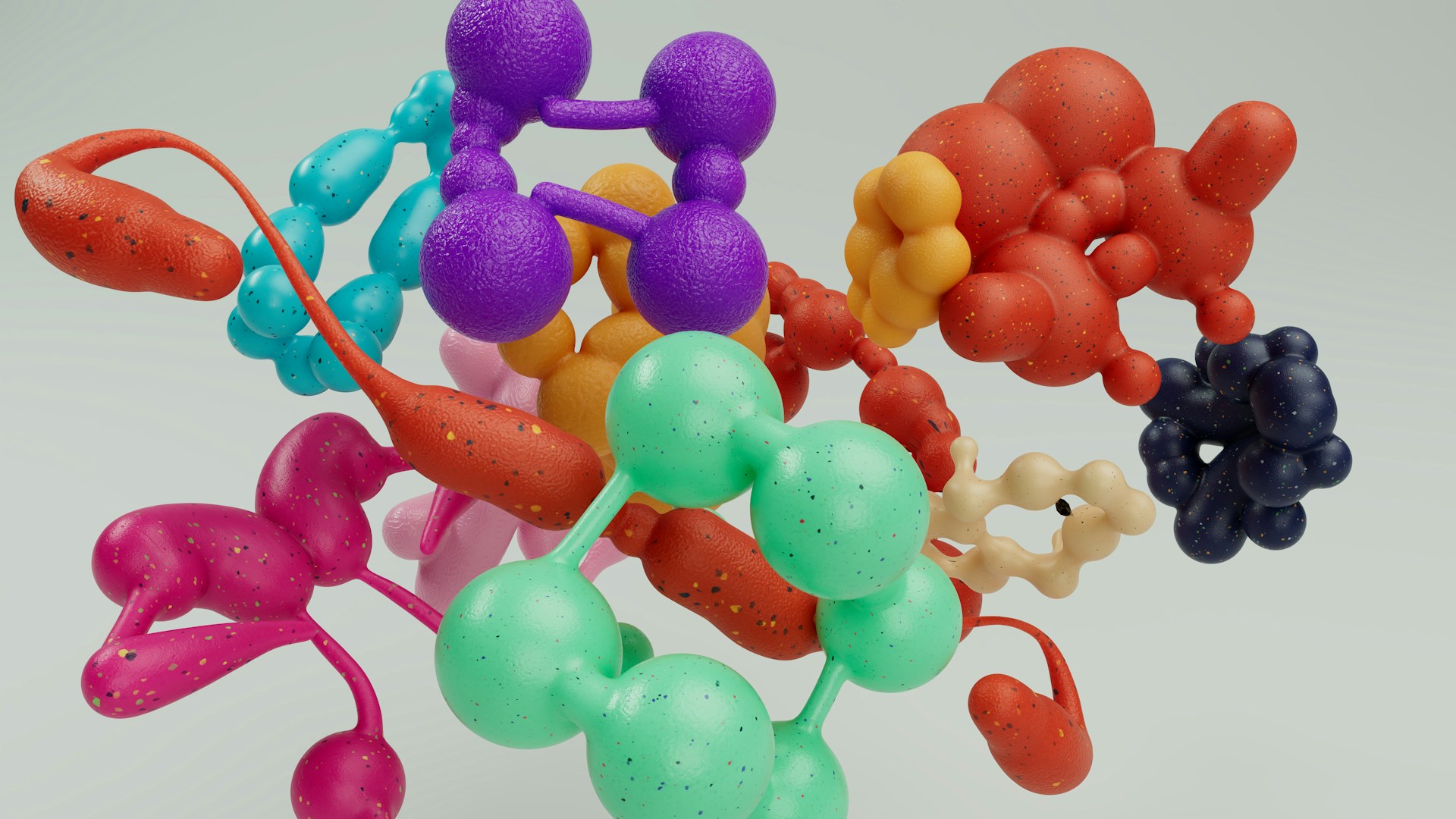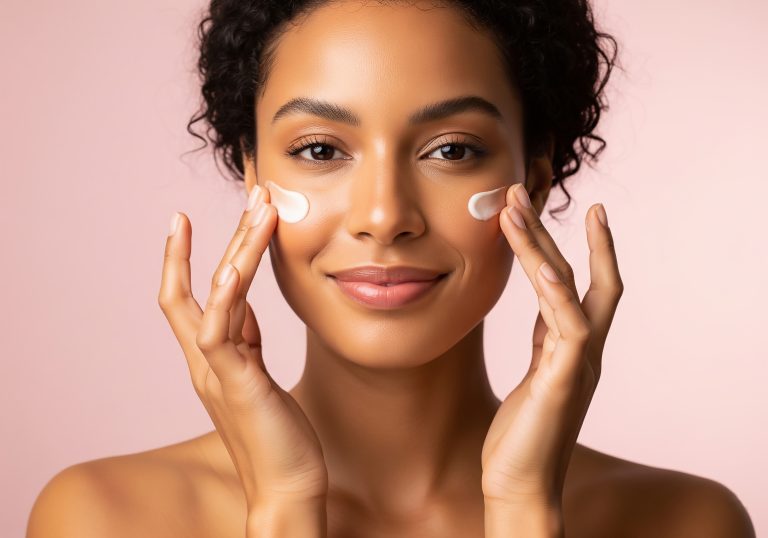Argireline Peptide: Approaches to Dermatological Research into Wrinkling and Scarring

The Argireline peptide has garnered attention in scientific discussions due to its hypothesized support for dermatological processes, particularly in the domains of wrinkle formation, scarring, and overall skin research, as observed in mammalian research models in laboratory settings. As a synthetic hexapeptide, Argireline is believed to interact with neuromuscular signaling pathways, potentially supporting the dynamics of muscle cell contraction and collagen generation.
Investigations suggest that by modulating these biological interactions, Argireline may contribute to altered dermal layer elasticity, reduced wrinkle formation, and better-supported dermal tissue recovery. This article examines the potential implications of Argireline in various research domains, highlighting its support for physiological processes within a research model.
Wrinkle Formation and Dermal Elasticity Research
Wrinkle formation is a complex process supported by multiple factors, including collagen degradation, repetitive muscle cell contractions, and environmental stressors. Research indicates that Argireline may function as a neuromodulatory peptide, interacting with proteins involved in neurotransmitter release. It has been hypothesized that Argireline might interfere with the formation of the SNARE complex, a protein assembly responsible for acetylcholine release at neuromuscular junctions. By modulating this interaction, Argireline is thought to contribute to reduced muscle cell contraction, potentially supporting the appearance of dynamic wrinkles.
Studies suggest that research models exposed to peptides with neuromodulatory properties may display altered dermal elasticity, supporting the notion that Argireline might play a role in wrinkle research. Investigations into skin cell aging have explored the possibility that Argireline exposure may lead to changes in collagen organization, which may potentially contribute to better-supported dermal layer firmness. While the precise pathways remain an area of ongoing inquiry, researchers theorize that Argireline’s interaction with neuromuscular proteins may provide insights into dermal layer elasticity and wrinkle formation.
Hypothetical Role in Skin Hydration and Structural Support
Beyond its potential support for wrinkle formation, Argireline has been theorized to contribute to skin hydration and structural integrity. Research indicates that peptides with neuromodulatory properties may support extracellular matrix components, including glycosaminoglycans and collagen fibers. Investigations suggest that Argireline’s interaction with dermal system-regulating proteins may support moisture retention and provide other kinds of structural support, potentially offering insights into conditions characterized by compromised dermal barrier function.
Experimental data suggest that research models exposed to peptides with structural-modulating properties exhibit improved skin hydration, supporting the hypothesis that Argireline may support epidermal homeostasis. While further studies are required to elucidate the precise pathways, researchers theorize that Argireline’s modulation of extracellular matrix components may contribute to advancements in dermatological research.
Scarring and Tissue Recovery Research
Scarring is a physiological response to tissue injury characterized by the activation of fibroblasts, collagen deposition, and remodeling of the extracellular matrix. Research indicates that peptides with neuromodulatory properties may support fibroblast activity, potentially contributing to altered scar formation. It has been hypothesized that Argireline might interact with signaling pathways involved in tissue repair, modulating fibroblast proliferation and collagen synthesis.
Studies suggest that organisms exposed to peptides with tissue-regulating properties exhibit modified scar architecture, supporting the notion that Argireline might play a role in wound healing research. Research into tissue recovery has explored the possibility that Argireline exposure may lead to changes in fibroblast behavior, which may potentially contribute to enhanced scar remodeling. While the precise mechanisms remain an area of ongoing inquiry, researchers theorize that Argireline’s interaction with tissue-regulating proteins might provide insights into scar formation and recovery.
Speculative Implications in Regenerative Dermatology Research
Beyond its hypothesized support on scarring, Argireline has been theorized to contribute to regenerative dermatology. Research suggests that peptides with neuromodulatory properties may support keratinocyte proliferation and extracellular matrix remodeling, two processes crucial for skin regeneration. Investigations purport that Argireline’s interaction with dermal cell-regulating proteins might support tissue recovery, potentially offering insights into conditions characterized by impaired wound healing.
Experimental models suggest that research models exposed to peptides with regenerative properties exhibit accelerated tissue repair, supporting the hypothesis that Argireline may support cellular mechanisms involved in skin cell regeneration. While further studies are required to elucidate the precise pathways, researchers theorize that Argireline’s modulation of regenerative proteins may contribute to advancements in dermatological research.
Potential implications in Dermatological Research
The speculative properties of Argireline have prompted investigations across multiple research domains. Wrinkle formation, scarring, and dermal hydration studies have explored the possibility that Argireline might provide insights into physiological regulation. Researchers hypothesize that Argireline’s interaction with neuromuscular and extracellular matrix proteins may contribute to novel approaches in dermatological research.
While Argireline remains an area of ongoing investigation, its hypothesized support for dermal elasticity, tissue recovery, and hydration underscores its potential significance in scientific inquiry. Future studies may provide further clarity on its mechanisms and implications, contributing to a deeper understanding of dermal physiology within a research model.
Conclusion
The Argireline peptide has garnered attention for its speculative role in modulating wrinkle formation, scarring, and dermal layer hydration in research models. Research indicates that its interaction with neuromuscular and extracellular matrix proteins may contribute to physiological regulation, offering potential insights into various research domains. While further investigations are required to elucidate its precise mechanisms, Argireline remains a compelling subject of scientific inquiry, with researchers continuing to explore its hypothesized support for dermatological processes. Researchers interested in this peptide are encouraged to visit this article.
References
[i] Blanes-Mira, C., Clemente, J., Jodas, G., Gil, A., Fernández-Ballester, G., Ponsati, B., … & Pérez-Payá, E. (2002). A synthetic hexapeptide (Argireline) with antiwrinkle activity. International Journal of Cosmetic Science, 24(5), 303–310. https://doi.org/10.1046/j.1467-2494.2002.00155.x
[ii] Wang, L., Liu, Y., Zhou, S., & Zhang, Y. (2017). Peptides in cosmetics: An overview of clinical and molecular perspectives. Journal of Cosmetic Dermatology, 16(1), 72–78. https://doi.org/10.1111/jocd.12273
[iii] Pickart, L., & Margolina, A. (2018). Regenerative and protective actions of the GHK-Cu peptide in the light of the new gene data. International Journal of Molecular Sciences, 19(7), 1987. https://doi.org/10.3390/ijms19071987
[iv] Kligman, A. M. (2000). Topical treatments for aging skin. Journal of Geriatric Dermatology, 8(1), 29–37. (Note: Use as context for peptide-based anti-aging therapies.)
[v] Schagen, S. K., Zampeli, V. A., Makrantonaki, E., & Zouboulis, C. C. (2012). Discovering the link between nutrition and skin aging. Dermato-Endocrinology, 4(3), 298–307. https://doi.org/10.4161/derm.22876






